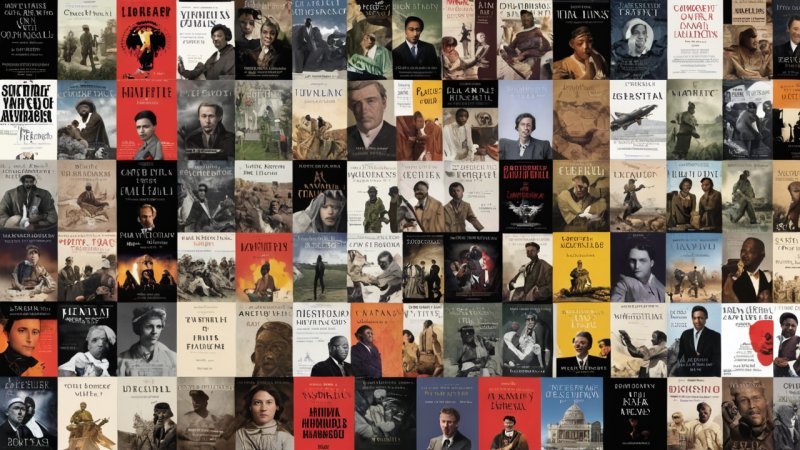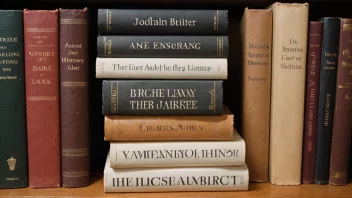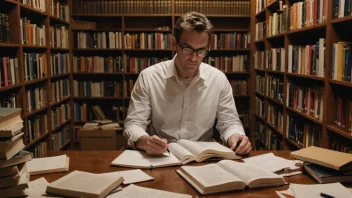In a world that often feels divided by conflicts of various kinds, the role of non-fiction literature becomes increasingly significant. Non-fiction books serve as windows into the complexities of human experience, offering insight into the factors that fuel conflicts, the narratives that shape our understanding, and the historical contexts that inform current events. Whether it is through detailed analyses of wars, explorations of political ideologies, or personal narratives that reflect the human cost of conflict, non-fiction can illuminate the pathways to understanding. This article explores how non-fiction literature can enrich our comprehension of conflict, helping us navigate through the intricacies of human relationships and societal structures.
Understanding Conflict Through Historical Narratives
One of the most powerful ways non-fiction addresses conflict is through historical narratives. Books such as “The Guns of August” by Barbara Tuchman or “The Second World War” by Winston Churchill offer meticulous accounts of the events that led to major conflicts. These works not only detail the chronology of events but also delve into the motivations of the key players involved. By examining the past, readers can gain insight into the patterns of conflict that recur throughout history, allowing us to recognize the signs of potential disputes in contemporary society.
The Role of Memoirs and Personal Accounts
Memoirs and personal accounts provide a unique perspective on conflict, bringing to life the individual stories that are often overshadowed by broader political narratives. Books like “Night” by Elie Wiesel and “The Diary of a Young Girl” by Anne Frank convey the harrowing experiences of individuals caught in the turmoil of war and oppression. These firsthand accounts humanize the statistics of conflict, allowing readers to empathize with those affected and understand the emotional and psychological ramifications of violence. Through these narratives, we can learn about resilience, survival, and the human capacity for hope amid despair.
Socio-Political Contexts and Theoretical Frameworks
Non-fiction literature often delves into the socio-political contexts that give rise to conflict. Authors like Noam Chomsky in “Hegemony or Survival” and Francis Fukuyama in “The End of History and the Last Man” provide theoretical frameworks that help readers understand the ideological underpinnings of conflict. These works explore themes such as power dynamics, economic inequality, and cultural clashes, offering critical analyses that challenge readers to think critically about the world around them. By engaging with these theoretical perspectives, readers can better comprehend the complexities of modern conflicts and question their own beliefs and assumptions.
Documentaries and Journalistic Narratives
In addition to traditional written formats, non-fiction in the form of documentaries and journalistic narratives plays a crucial role in shaping our understanding of conflict. Works like “The Act of Killing” and “Restrepo” provide visceral representations of conflict that engage the viewer on multiple levels. Journalistic narratives, such as those by foreign correspondents in war zones, can offer on-the-ground perspectives that emphasize the immediacy and reality of conflict. These types of non-fiction can challenge preconceived notions and compel audiences to confront uncomfortable truths about violence and its consequences.
Exploring Themes of Reconciliation and Peacebuilding
While non-fiction often focuses on the causes and consequences of conflict, many works also explore themes of reconciliation and peacebuilding. Authors like John Paul Lederach in “Building Peace” and Johan Galtung in “Peace by Peaceful Means” discuss the processes necessary for healing and rebuilding after conflict. These texts provide valuable insights into restorative justice, negotiation strategies, and the importance of dialogue in resolving disputes. By exploring these themes, readers are encouraged to consider not only the implications of conflict but also the possibilities for a more peaceful future.
The Impact of Non-Fiction on Public Discourse
Non-fiction literature has the potential to shape public discourse around conflict. Books that engage with timely issues can influence policy debates, inform activism, and encourage critical thinking among readers. For instance, works like “The New Jim Crow” by Michelle Alexander have sparked national conversations about systemic racism and its ties to social justice movements. By presenting well-researched arguments and compelling narratives, non-fiction can mobilize individuals and communities to advocate for change, making literature an essential tool in the fight against injustice.
Conclusion
In conclusion, non-fiction literature serves as an invaluable resource for understanding conflict in all its forms. From historical accounts to personal narratives, theoretical frameworks to journalistic reports, these texts provide a multifaceted view of the complexities that underpin human interactions. By engaging with non-fiction, readers can cultivate empathy, enhance their critical thinking skills, and become more informed citizens. In a world where conflict seems ever-present, the insights gleaned from non-fiction literature can empower individuals to contribute to a more peaceful and just society.






